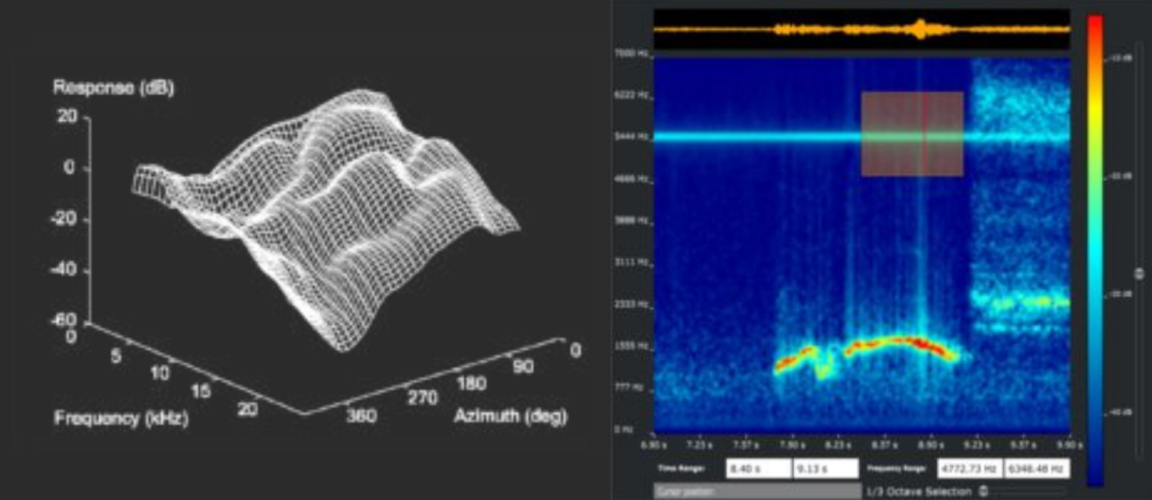For VisiSonics CEO and cofounder Ramani Duraiswami, humans’ ability to adapt and customize our hearing is something that dates all the way back to the caveman days. But it’s a skill we’ve carried all through the ages.
“We have a certain expectation for peak performance to have very natural hearing,” Duraiswami told Technical.ly. “If we are at a busy party, we are able to focus on a single conversation even though there are hundreds of noises attacking us from many directions.”
VisiSonics, a 3D spatial audio technology company based in College Park, Maryland, has spent the last decade working to adapt audio tech to fit the IRL expectations of sound. Over that time, the 12-person team, which is moving into the University of Maryland’s Discovery District in the new year, has developed audio software to separate out sound, and it just released a custom approach for users.
In the real world, Duraiswami explained, sound bounces around rooms and inside the ears, allowing humans to determine where it came from. But technologies like headphones can make the sound seem flat.
“When you put on a pair of headphones, usually all the sound sounds right in your head, it’s jumbled, it’s inside your head,” Duraiswami said. “So what our software does is it reintroduces those cues that your brain is expecting and it places the sounds at the correct locations they are supposed to be at.”
VisiSonics’ software, Duraiswami said, reintroduces those cues and places the sound in the correct locations, mimicking real life, through software. The technology, he added, can run inside a game, on a PC, a mobile phone or in a chip inside headphones, making it widely compatible and accessible.
“If you are gaming, you want to feel that you’re within the game, the people sneak up behind you, above you, they’re shooting at you and you react naturally,” Duraiswami said. ‘If you are watching a movie, you get an experience that is comparable, if not better, to what you would get at the best movie theater. If you are in a video conference, you imagine you’re sitting around a table with people as you speak.”
With its 3D offerings, this month, the company announced an expansion into audiogram technology, which created a personalized experience for every user. With its technology, VisiSonics can measure and store a unique file that includes information on things like a consumer’s ear and head size or whether they struggle to hear certain frequencies to personalize its software for optimal listening.
“This new technology allows a relatively quick measurement using software in under a couple of minutes of your audiogram using, for example, the headphones or using software running on your PC or mobile phone or so forth,” Duraiswami said. “Then we have a suite of methods to tweak what you hear so that you get the most immersion, the most comprehension or the most enjoyment of your music based upon your hearing profile.”
The team at VisiSonics has been working on this technology for a decade, Duraiswami said, although in 2017 it changed from a largely consumer product startup to a B2B company. Already, it’s engaged in a number of partnerships with companies like virtual reality platform Oculus to use its technology in anything from gaming to helicopter pilots.
In the new year, Duraiswami said the company will be working on a number of collaborations with businesses licensing VisiSonics’ technology, although he was unable to say which ones. He’s hoping for several launches of VisiSonics in headphones or PC products and large game titles and plans to raise a funding round with investors.
“We want to get the word out that we are doing cool stuff in a growing market and that we are poised to take off,” Duraiswami said.







